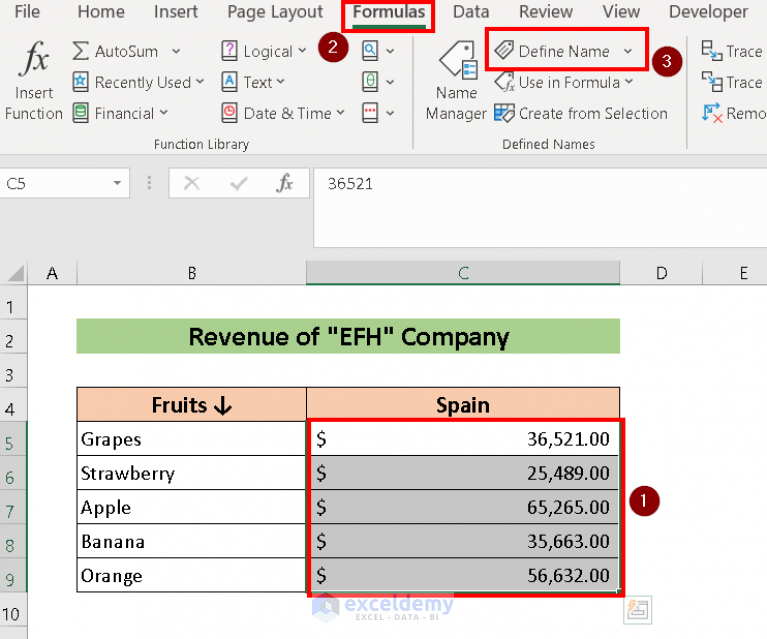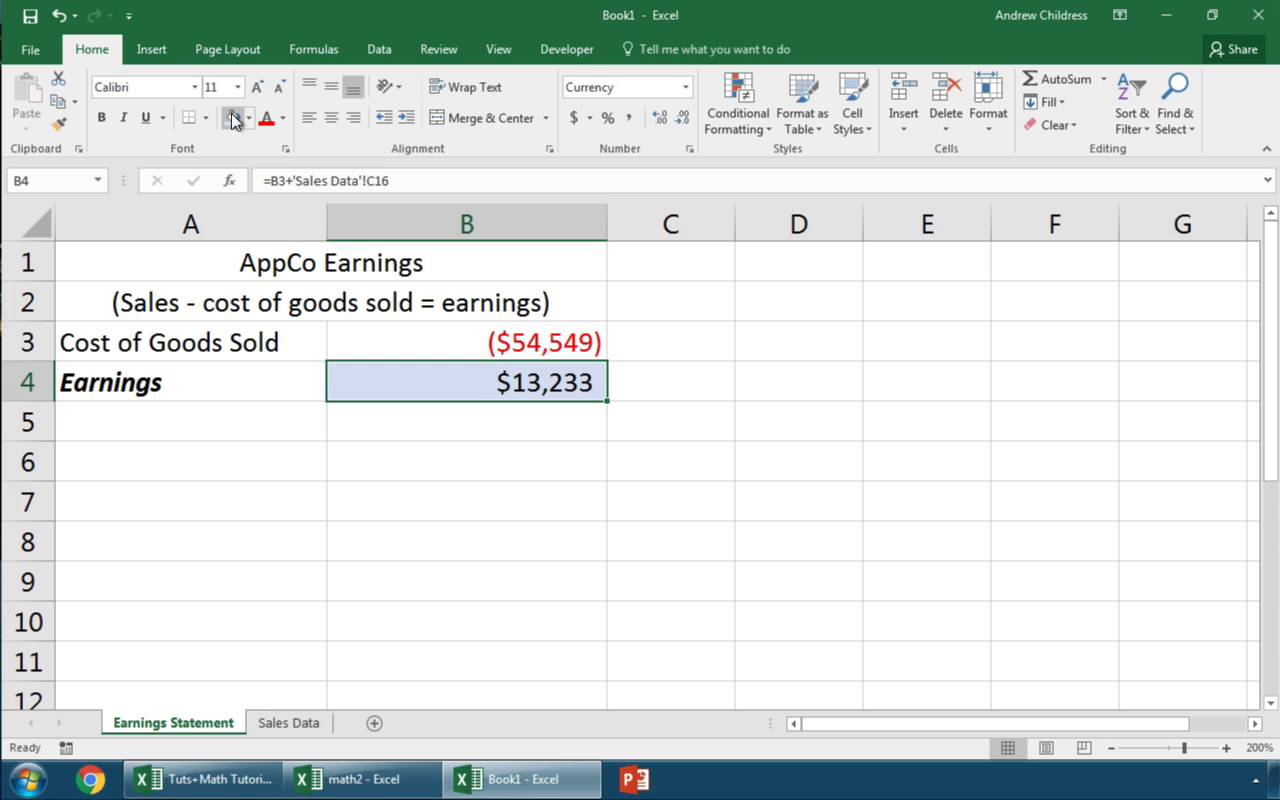5 Easy Ways to Link Sheets in Excel Formulas

Are you finding it challenging to manage extensive data in Microsoft Excel? Navigating large datasets can be cumbersome, especially when dealing with multiple sheets within the same workbook. However, Excel offers a powerful solution to this problem through linking cells and sheets. By mastering the art of linking sheets with Excel formulas, you not only streamline your workflow but also enhance accuracy and efficiency in data management. Here are five easy-to-apply methods for linking sheets in Excel:
1. Direct Cell Reference

Direct cell reference is one of the most straightforward methods to link sheets. Here’s how you can use it:
- Navigate to the cell in which you want to link data.
- Type an equal sign (=) to start your formula.
- Click on the sheet tab that contains the data you want to reference.
- Select the cell you wish to link. For example, if you’re linking to cell A1 on a sheet named ‘Sales’, your formula will look like =Sales!A1.
2. Using the VLOOKUP or HLOOKUP Function

When you need to look up values from different sheets based on a key value, VLOOKUP or HLOOKUP come in handy:
- Start with =VLOOKUP(lookup_value, [SheetName]!table_array, col_index_num, range_lookup).
- Replace lookup_value with the value or cell containing the key you want to find. For instance, if looking up a product ID in the ‘Inventory’ sheet, your formula might be =VLOOKUP(A2, Inventory!A:B, 2, FALSE).
- table_array is the range within the sheet where your key and return values are. Specify the sheet name followed by an exclamation mark and the range.
- col_index_num is the column number in the table from which the matching value will be returned.
- range_lookup is TRUE for approximate match or FALSE for an exact match.
❗ Note: Ensure that your table array includes the column you’re looking up values in and the column from which you want to retrieve data.
3. Dynamic Linking with the INDIRECT Function

Linking dynamically can be achieved with the INDIRECT function. This function allows you to create a cell reference from a string:
- Type =INDIRECT(SheetName & “!” & CellReference).
- Here, SheetName is the cell containing the sheet’s name, and CellReference is the cell you wish to link.
- Example: If A1 in the current sheet contains the string “Inventory” and you want to link to cell B5, your formula will be =INDIRECT(A1 & “!B5”).
4. Linking with Hyperlinks

Hyperlinks aren’t just for navigating websites; they can also link to different sheets or cells:
- Select the cell where you want the hyperlink.
- Use the formula =HYPERLINK(“#” & SheetName & “!” & CellReference, “Link Text”).
- Example: =HYPERLINK(“#” & “Summary!” & “A1”, “Go to Summary”).
❗ Note: Hyperlinks are great for creating a user-friendly navigation experience within large Excel workbooks.
5. Using Name Manager for Clean Links

Name Manager allows for creating named ranges that you can refer to from different sheets:
- Go to Formulas > Name Manager.
- Create a new name with a reference to the cell range or entire table you want to link from another sheet.
- Now, you can use this name in your formulas instead of hardcoding sheet and cell references.
- Example: Name a range ‘SalesData’, then use =SalesData in your formulas instead of writing out the full reference.
❗ Note: Using named ranges makes formulas easier to read and manage, especially in complex workbooks.
By incorporating these linking techniques into your Excel workflow, you transform data management from a chore into an intuitive process. Whether it’s financial reporting, inventory tracking, or data analysis, linking sheets not only saves time but also reduces errors from manual data entry. With these methods, you can:
- Quickly update and reflect changes across all related sheets.
- Perform complex data analysis seamlessly across different worksheets.
- Maintain clean, understandable workbooks by reducing duplicate data entries.
Summing up, mastering the art of linking sheets in Excel empowers you to manage large datasets with ease. By leveraging direct references, lookup functions, dynamic linking, hyperlinks, and named ranges, you not only streamline your work but also ensure data integrity and consistency across your workbook.
Can I link to cells in a different workbook?

+
Yes, you can link to cells in different workbooks using external references. The formula would look like this: =[WorkbookName]SheetName!A1, assuming the workbook is open.
What happens to the link if the source cell changes its value?

+
The linked cell will automatically update to reflect the new value in the source cell, ensuring all data remains consistent across your workbook.
How do I maintain links when sharing the workbook?

+
To maintain links when sharing, ensure all linked workbooks are in the same directory or accessible on a shared network. Alternatively, use absolute references or consider using hyperlinks.